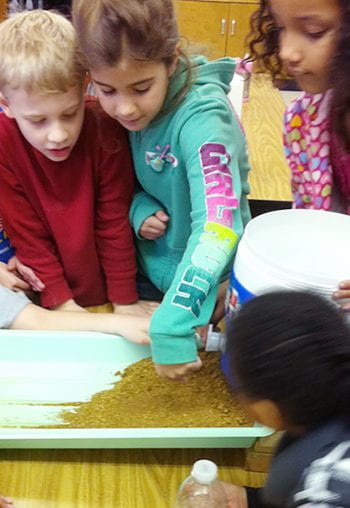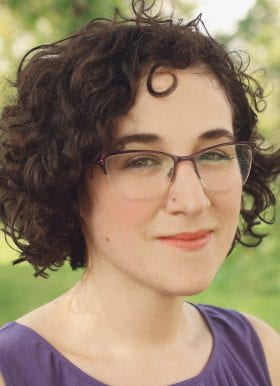For children to learn and love science takes time and intention

One of many lessons I have taken away from the pandemic is just how critical basic science education can be to our daily lives.
While both national and state education experts agree that hands-on science teaching and learning best set kids up for success, the engaging projects that spark the imagination take a lot of class time that teachers don’t always have. Even before the pandemic, nationwide averages lagged sorely behind state & national guidelines.
In 2005, ISP joined a coalition of funders, educators, and science institutions to increase the amount of time spent and the quality of science in the classroom for the region, resulting in the mySci program. Over many years of iteration, partnership and research, the mySci curriculum, activity kits, and professional development services support over 3,500 teachers and their students each year as we work together to develop the next generation of scientific thinkers.
As the evaluation director at the ISP, I get to ask the big questions around what we’re doing and if it’s working. We work closely with our partner educators to better understand and measure the quality of the program and we survey teachers regularly about the amount of time they spend on science instruction, especially at the elementary level. Even given the stressors of the past few years, we’ve found that on average mySci K-6 teachers spend more time on science than the national average in 2018 but still aren’t quite meeting the state recommendations.

As a research-practice partnership, we celebrate the increased time spent teaching science, but we know that there is more work to be done. We strive to better understand how elementary school teachers allocate their time, what makes it easier for them to spend time on science, and what gets in the way.
mySci teachers tell us their success is because they have the resources readily available and because their districts value science teaching and learning, but that the emphasis is still on math and language arts because that’s what gets tested every year.
When schools feel more test pressure, they spend less time on science instruction and less on social studies. These two topics are left to fit into the corners of the school day, pushed aside because they are not measured on the standardized tests. With standardized testing outcomes so closely aligned to funding, the urgent overshadows the important.

While there is not a lot of research yet, the four-day school week will have lots of consequences for families and children living and learning in districts that adopt it as a long-term solution to urgent problems. Science has always been on the chopping block and a shortened school week will not likely improve that.
At the ISP, we want children to be allowed opportunities to learn and love science. We want them to experience the joy of discovery, to see themselves as our nation’s next leading scientific minds and become confident, good stewards of the world around us.
To do that, we have to keep finding ways to support schools and teachers as they navigate external pressures like testing and funding and limited time.
What we measure matters.
ISP Blog Posts
valuing science learning
Feb 10 2023
addressing root causes
Feb 2 2023
It’s All About the Place
Dec 14 2022
Pride in STEM
Nov 17 2022
Challenging Narratives
Sept 21 2022
Embracing Diversity
May 24 2022
Impacting Science Learning
May 20 2022
Math Identity
April 23 2022
SLPS Principal Fellowship
Dec 12 2021

Maia Elkana serves as evaluation director at the Institute for School Partnership at Washington University in St. Louis (ISP). A passionate advocate for families, students and teachers, she brings a pragmatic systems level approach to continuous quality improvement projects aimed at increasing equitable access to and implementation of high-quality STEM education for students and their teachers. She holds a bachelor’s in anthropology and a master’s in social work, both from Washington University in St. Louis, as well as a master’s in economics from the University of Missouri in St. Louis. Maia hopes to set a good example of lifelong learning for her two daughters.